Reptile is an animal that has dry, scaly skin and breathes by means of lungs. There are thousands of species (kinds) of reptiles, and they make up one of the classes of vertebrates (animals that have a backbone). Reptiles include alligators, amphisbaenians, crocodiles, lizards, snakes, tuataras, and turtles.
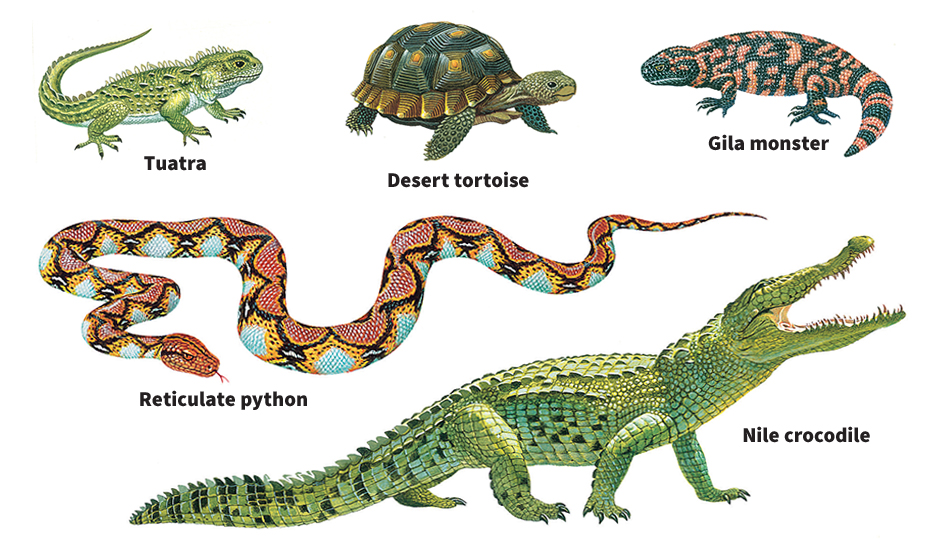
Reptiles are cold-blooded—that is, their body temperature stays about the same as the temperature of their surroundings (see Cold-blooded animal). To stay alive, these animals must avoid extremely high or low temperatures. Most reptiles that are active during the day keep moving from sunny places to shady spots. Many species of reptiles that live in hot climates are active mainly at night. Reptiles in regions that have harsh winters hibernate during the winter (see Hibernation).
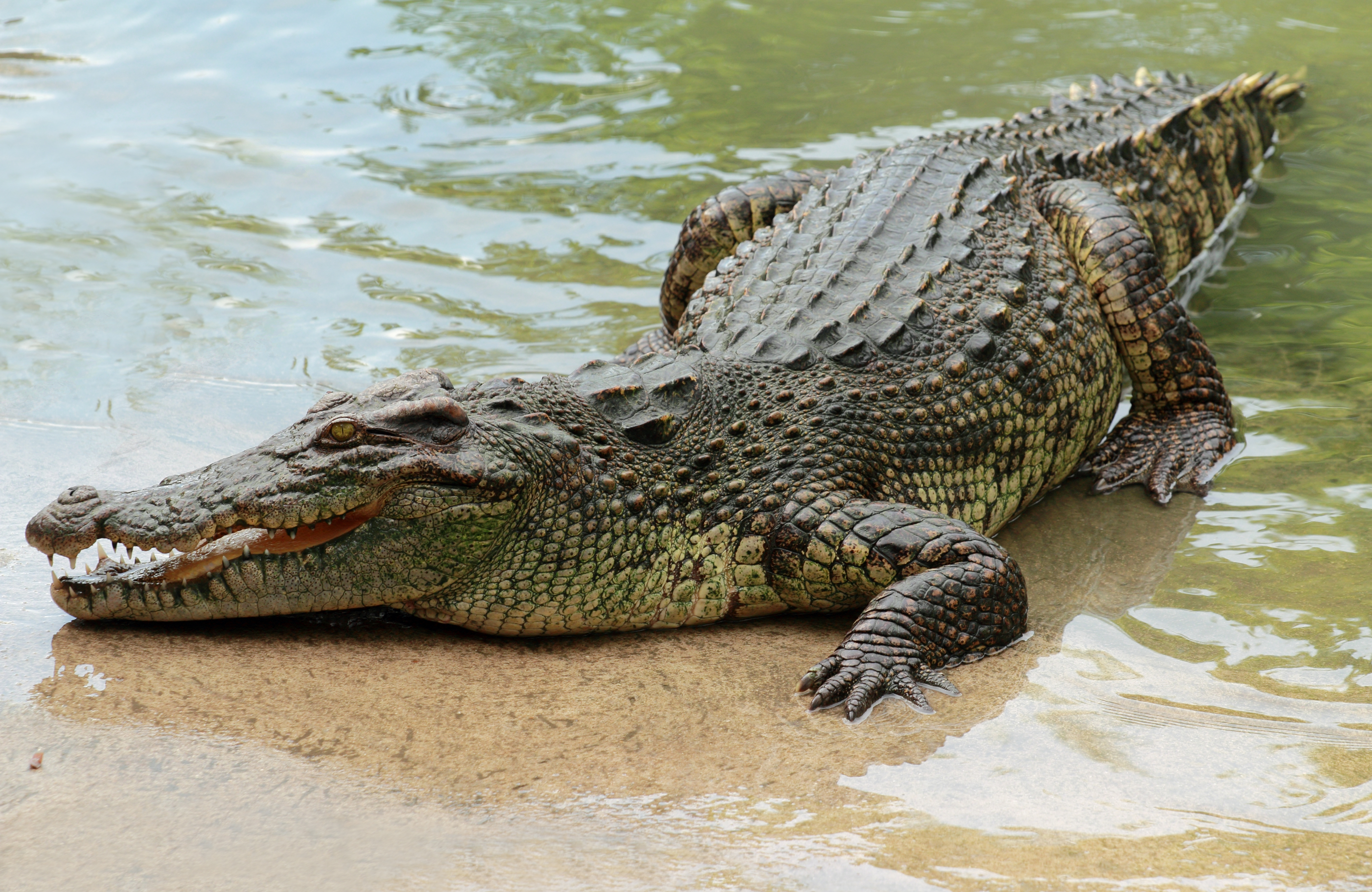
The various species of reptiles vary greatly in size. For example, pythons grow more than 30 feet (9 meters) long, and leatherback turtles may weigh up to 2,000 pounds (900 kilograms). On the other hand, some species of lizards measure no more than 2 inches (5 centimeters) long.
Many reptiles live a long time, and some turtles have lived in captivity for more than 100 years. For the length of life of various other reptiles in captivity, see Animal (table: Length of life of animals).
Reptiles live on every continent except Antarctica and in all the oceans except those of the polar regions. They are most abundant in the tropics. Many kinds of lizards and snakes thrive in deserts. Other reptiles, such as rat snakes and box turtles live in forests. Still others, including marine iguanas and sea turtles, spend much of their life in the ocean. Some sea snakes spend their entire life in the water.
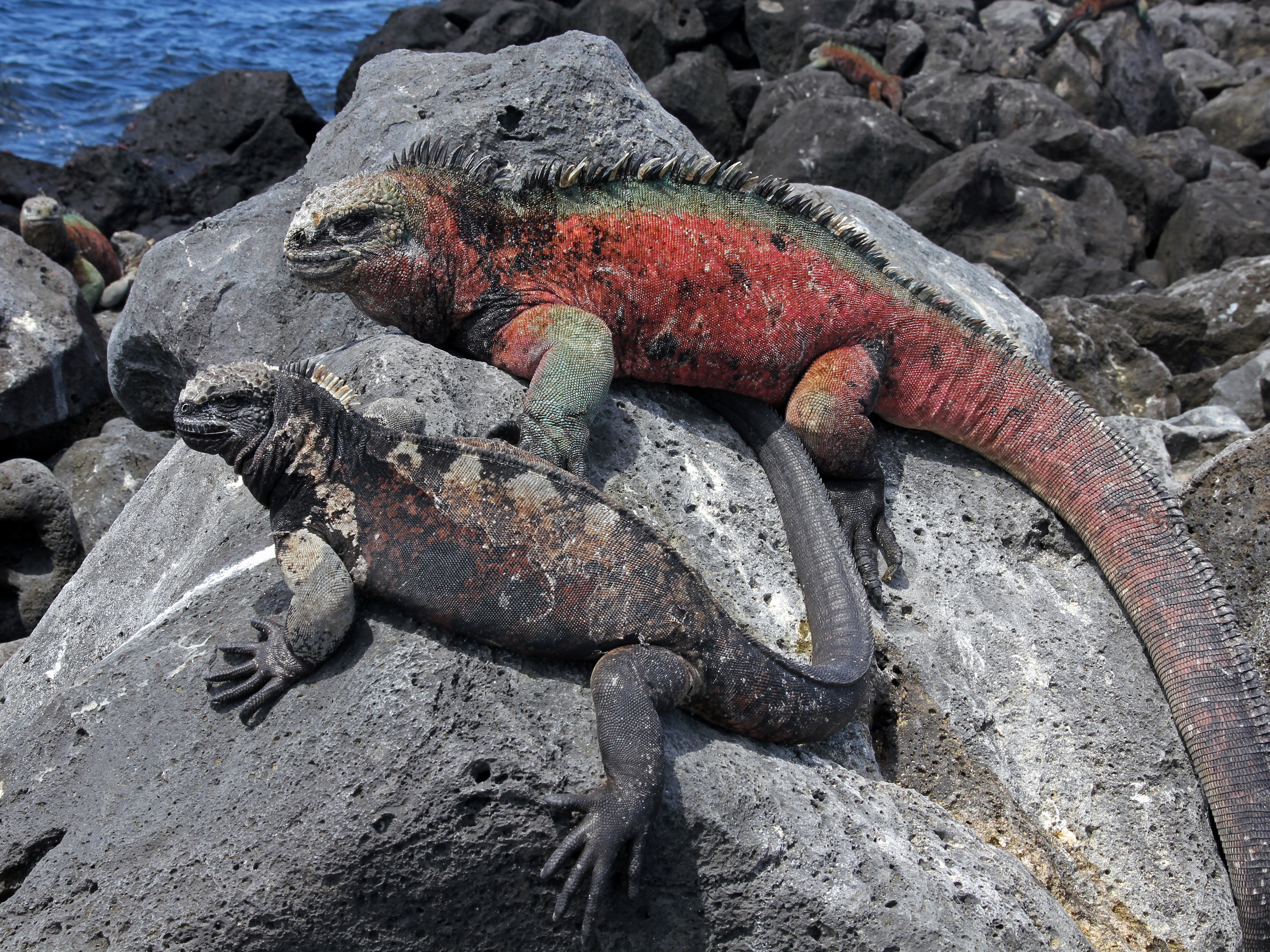
Many people fear reptiles, but most species are harmless and avoid human beings if possible. The Nile crocodile and the saltwater crocodile may attack and kill people. The Gila monster, the Mexican beaded lizard, and numerous snakes, including the rattlesnake, have venomous (poisonous) bites.
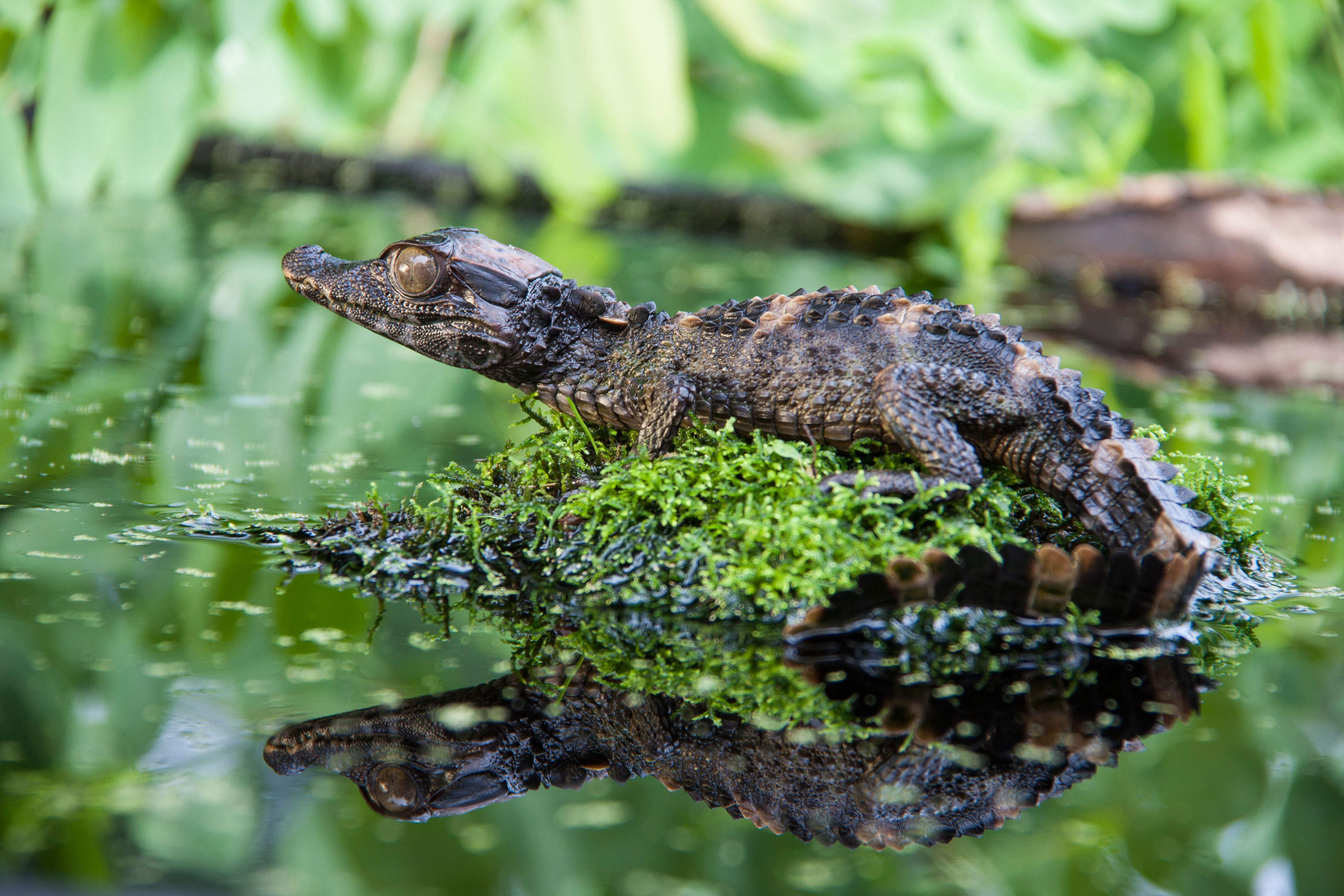
In many parts of the world, people eat reptiles and reptile eggs. Some reptiles, including alligators, crocodiles, lizards, and snakes, are hunted for their skin. Manufacturers use the skin as leather for belts, shoes, and other products. The United States government prohibits the import of the hides of those reptiles classified as endangered species.
Kinds of reptiles
Zoologists divide reptiles into four main groups: (1) lizards, amphisbaenians, and snakes, (2) turtles, (3) crocodilians, and (4) tuataras.
Lizards, amphisbaenians, and snakes
make up the largest group of reptiles. There are thousands of species of lizards and snakes, and there are nearly 200 species of amphisbaenians (see Amphisbaenian). Most lizards have four legs, long tails, movable eyelids, and external ear openings. A few species, such as glass snakes and slow worms, have no legs. Lizards thrive in regions that have a hot or warm climate and are common in deserts.
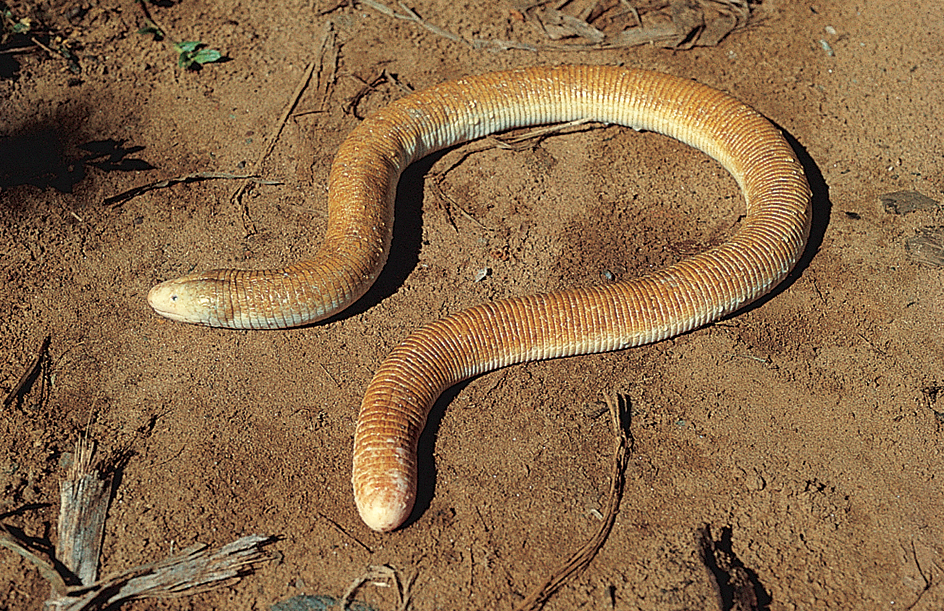

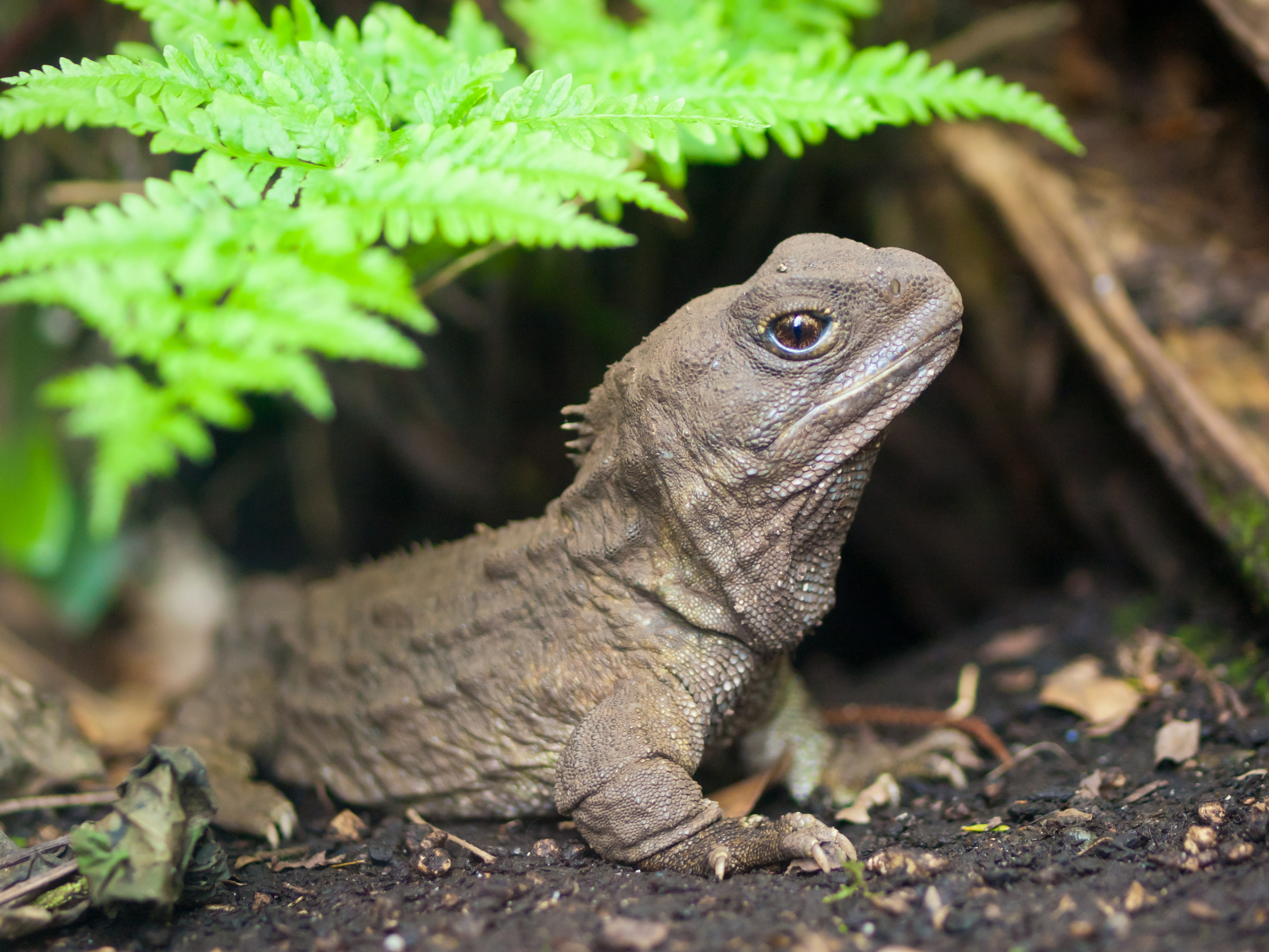
Amphisbaenians resemble worms. Most species have no limbs, but a few kinds possess very small front legs. Amphisbaenians live in many warm regions, inhabiting underground tunnels that they burrow themselves.
Snakes have tails that vary in length, depending on the species. But snakes have no legs, eyelids, or ear openings. An unmovable covering of transparent scales protects their eyes. Snakes live mostly in the tropics and in warm regions. However, the European viper lives north of the Arctic Circle, in Finland and Sweden.
Turtles
are the only reptiles with a shell. They pull their head, legs, and tail into the shell for protection. There are hundreds of species of turtles. They live on land, in fresh water, and in the ocean.
Crocodilians
include alligators, caimans, crocodiles, and gavials. There are more than 20 species of crocodilians, all of which live in or near water. These reptiles have a long snout, strong jaws, and webbed hind feet. They use their long, powerful tail to swim. All except a few crocodilians dwell in the fresh waters and lowlands of the tropics. Alligators live in the Southeastern United States and in Southern China.
Tuataras
inhabit several islands off the coast of New Zealand. The two species look like lizards but are more closely related to extinct dinosaurs.
The body of a reptile
Reptiles vary greatly in size, shape, and color, but all of them share certain physical characteristics. These characteristics, in addition to the animals’ being cold-blooded, include various features of the skin, skeleton, internal organs, and sense organs.
Skin
of a reptile consists of scales. Lizards and snakes have a single sheet of overlapping scales. The scales of turtles, crocodilians, and tuataras grow in the form of individual areas called plates. Crocodilians and some lizards have pieces of bone called osteoderms within their scales. The skin of such reptiles serves as protective armor.
Many species of reptiles shed their skin several times a year. New scales form under the old layer of scales, and chemicals called enzymes loosen this old layer. Among snakes, the skin on the snout is forced loose first. The snake pushes this skin backwards against a rock or the stem of a plant. The animal then crawls out of the old skin and sheds it in one piece. Most lizards shed their skin in large strips, and the skin of crocodilians wears away gradually. 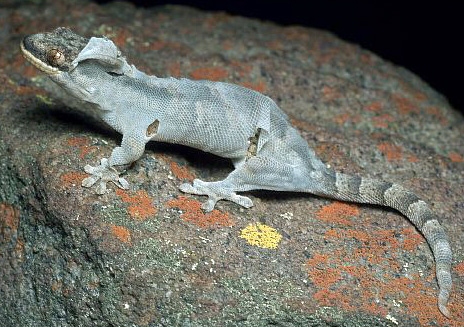
Skeleton
of reptiles provides a framework for the head, trunk, and tail. Most reptiles have hip and shoulder bones called girdles that support the legs. The majority of snakes do not have girdles. The hip and shoulder girdles of turtles, unlike those of any other animal, are inside the ribcage. The ribs and vertebrae make up the inner layer of the turtle’s shell.
Internal organs.
Reptiles breathe by means of lungs. Most species have two lungs, but some snakes have only one. The digestive system of reptiles varies among the species, according to the kind of food the animal eats. Reptiles that feed mainly on animals or on such animal products as eggs have a fairly simple stomach and a short intestine. Such reptiles include boa constrictors and Gila monsters. Species that eat plants, including iguanas and most tortoises, have a more complicated stomach and long intestines. Crocodilians have extremely large stomach muscles that grind flesh into tiny pieces.
Poisonous reptiles produce their venom by means of venom glands on the sides of the head. The venom affects a victim’s circulatory system or nervous system.
Sense organs.
Most reptiles have good vision. Species active during the day have eyes with round pupils. Most species active at night have slitlike eye pupils, which can be closed almost completely in bright light.
The hearing of reptiles varies among the species, but most can hear at least low-pitched sounds. The majority of reptiles have an eardrum, a middle ear, and an inner ear. However, snakes lack a middle ear and cannot hear most sounds carried through the air. They “hear” by sensing vibrations from the ground.
Snakes and lizards have two tiny cavities called the Jacobson’s organ in the roof of the mouth. The animals pick up particles from the air and the ground with their tongue and put them into this organ. The cavities are lined with sensitive tissue that aids the sense of smell. Pit vipers have special nerves in two depressions near the snout. The nerves are sensitive to heat—including the body heat of birds and mammals—and help the snakes hunt these animals as prey.
Ways of life
Reproduction.
Most reptiles reproduce sexually. The male releases sperm (male sex cells) into the female opening that leads to the reproductive organs. In a process called fertilization, the sperm unite with eggs (female sex cells) within the female’s body. The fertilized eggs then develop into new animals. In some lizards and snakes, females can reproduce without mating. This process is called parthenogenesis.
Loading the player...Alligator hatching
Most reptiles mate during the spring, and the young are born in summer. All turtles, crocodilians, and the tuatara, as well as some lizards and snakes, are oviparous—that is, the female lays eggs that have shells. She lays her eggs in rotten wood, a hole in the ground, or elsewhere on land. Heat from the sun—and, in some cases, from rotting plant matter—incubates (warms) the eggs, causing them to hatch. Some snakes and lizards are ovoviviparous. Among these species, the female protects the eggs within her body until they hatch. A few species of snakes and lizards are viviparous. The unborn young of these species receive nourishment through the placenta, a structure that attaches them to the female’s body. The young of ovoviviparous and viviparous reptiles are born alive.
Only a few species of reptiles provide care for their eggs or young. Among pythons, mud snakes, and some skinks, the female wraps her body around the eggs and protects them. A female alligator carries her newly hatched young to water in her mouth.
Food.
Most reptiles eat other animals, and they prey on almost any creature they can catch. However, some lizards and turtles eat mainly plants. Other reptiles eat only certain animals or animal products. For example, map turtles eat freshwater clams and snails, and African egg-eating snakes feed on birds’ eggs.
Most reptiles simply grab their food and either chew it or swallow it whole. Crocodilians may drown their prey before eating it. Venomous reptiles paralyze victims by biting them. Pythons, king snakes, and rat snakes suffocate prey by wrapping themselves tightly around it. Reptiles can go without food for long periods. After a snake eats a large meal, it might not feed again for several weeks.
Protection.
The chief predators (hunting animals) that eat reptiles include birds, mammals, and other reptiles. Most of the predators prey on small or young reptiles. Large adult reptiles generally are safe from all attackers except people. 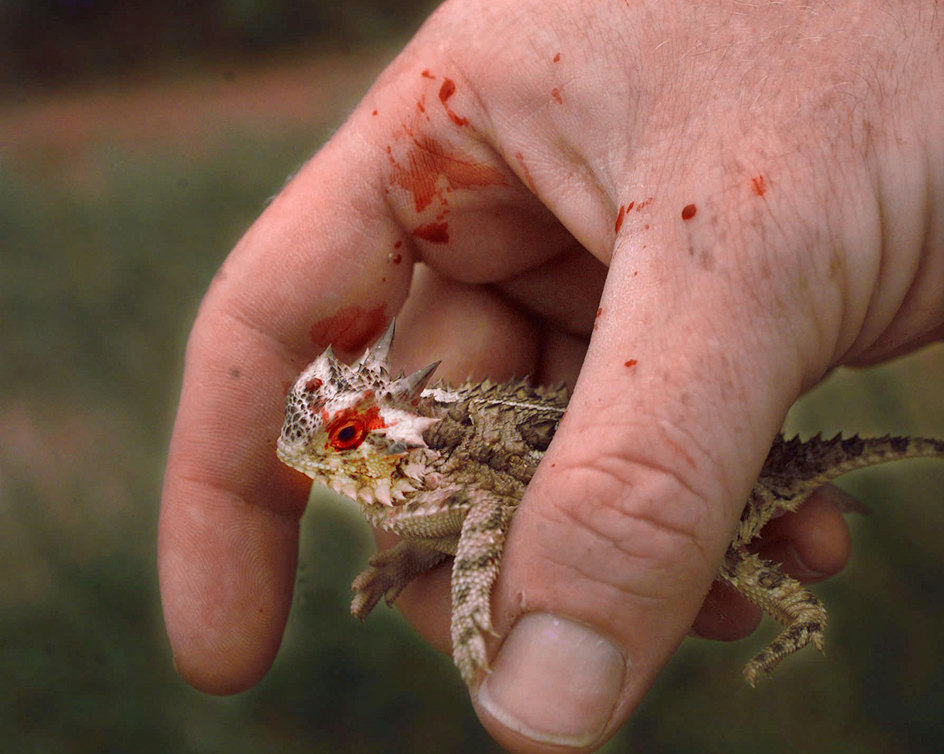
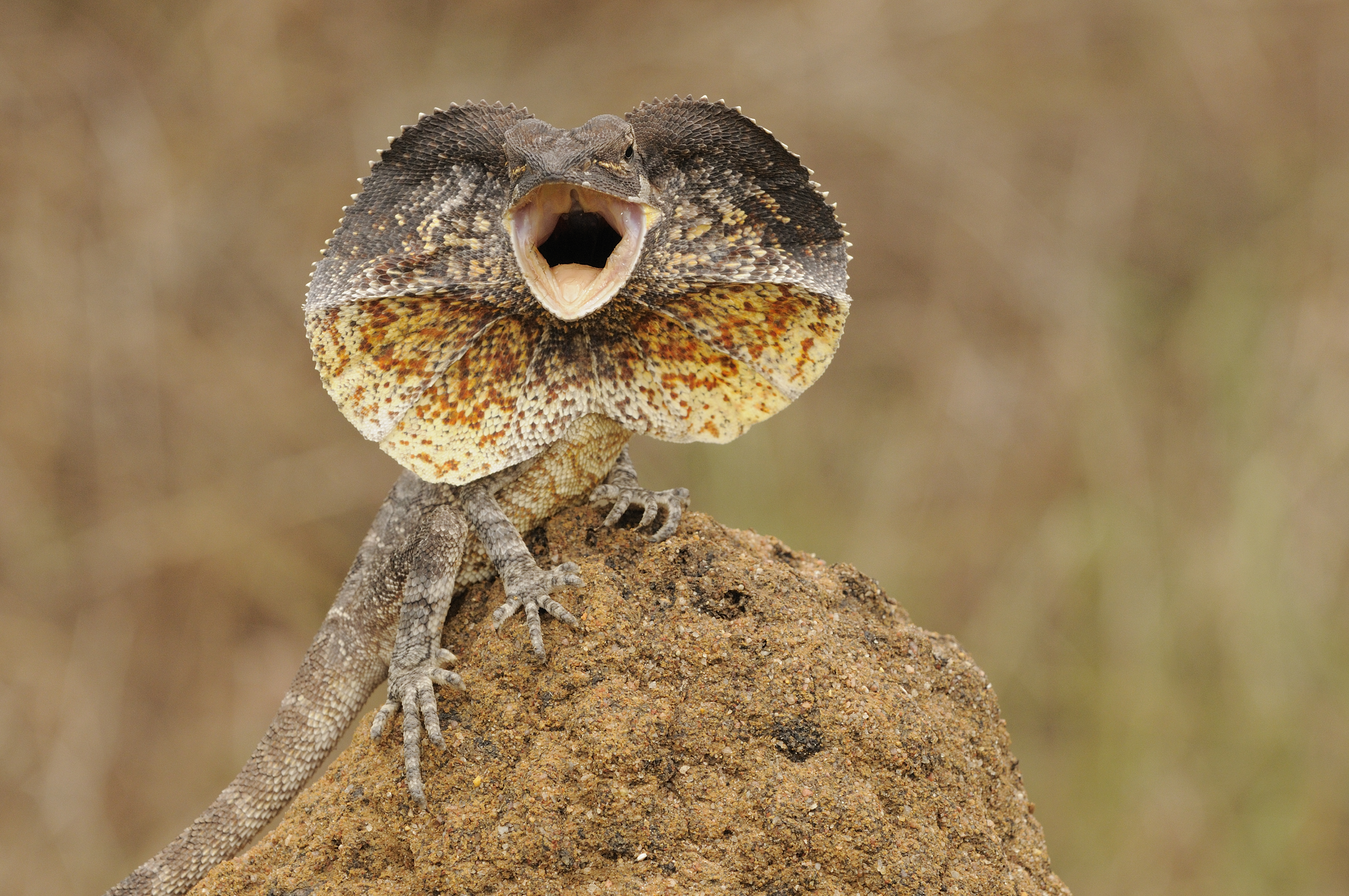
Reptiles avoid their predators in a variety of ways. Many reptiles have protective coloration that blends with their surroundings and makes them hard to see. Several kinds of lizards can change color to match their surroundings. Other reptiles bluff or play tricks to avoid attack. For example, if a hognose snake is approached, it rolls over on its back and lies completely motionless. The snake plays dead until the attacker goes away.
Most reptiles fight by biting and scratching, and some of the larger species inflict deep wounds. Crocodilians and large lizards strike sharp blows with their powerful tail, which they use as a whip. The bite of a venomous reptile can be fatal.
Hibernation.
Reptiles that hibernate in winter do so by burrowing into the ground or slipping into a crack between two rocks. They stay there until the weather warms up. Before hibernating, a reptile eats a lot of food, which forms a layer of fat in its body. The fat serves as food during hibernation (see Hibernation).
Reptiles that live in the tropics sometimes enter an inactive state during dry periods, when food becomes scarce. This type of inactivity, called estivation, resembles hibernation (see Estivation).
The evolution of reptiles
The oldest fossils of reptiles date back to the Pennsylvanian Period—from about 325 million to 300 million years ago. Reptiles evolved (developed slowly) from early amniotes. Unlike the early tetrapods (four-legged animals) that were the first to live on land, amniotes laid eggs with shells that would not dry out on land. As a result, amniotes could live away from water.
The first animals considered reptiles evolved from amniotes called sauropsids. They became Earth’s dominant animals during the Mesozoic Era—from about 250 million to 65 million years ago. This period is sometimes called the Age of Reptiles. Mesozoic reptiles included fishlike ichthyosaurs and birdlike pterodactyls. But the most spectacular ancient reptiles were dinosaurs. Huge plant-eating dinosaurs, such as Seismosaurus, ranked as the largest land animals that ever lived. Ferocious Tyrannosaurus was a powerful land-dwelling meat eater. Most scientists believe modern birds evolved from small meat-eating dinosaurs.
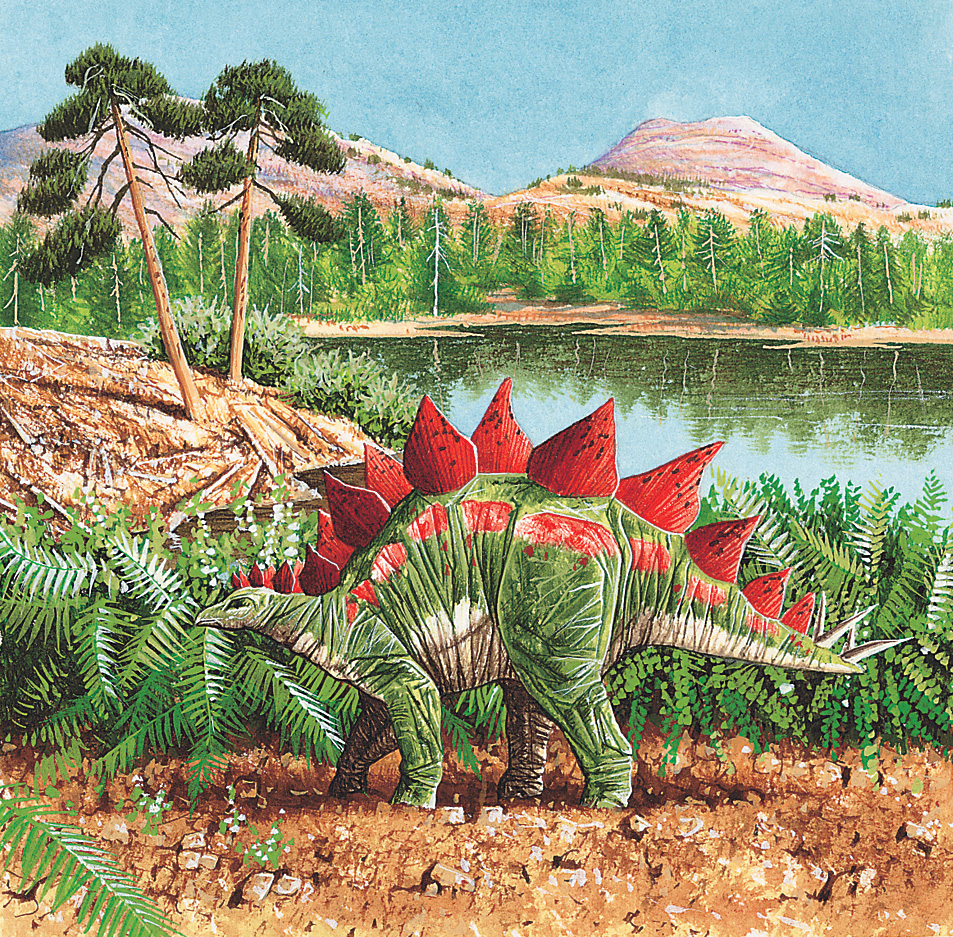
Dinosaurs died out at the end of the Mesozoic. Most scientists believe that the impact of a giant asteroid caused the dinosaurs and other large reptiles to become extinct. The asteroid impact caused catastrophic environmental damage that made it difficult for large animals to survive. Large volcanic eruptions and other factors may also have played a role.
Today, the future of wild reptiles is threatened by the continual need of people for more farmland and living space. This need may destroy the habitats of many species of reptiles and thus wipe out the animals themselves. Other species are endangered by continued hunting and egg collecting. The survival of a number of species depends on conservation action by governments and individuals.
